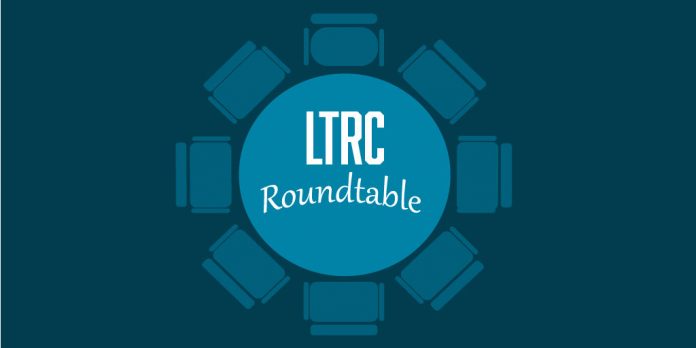
This month, we asked our panel to tell us about changes they have made to their intake process.
Our Panelists:
William Goren (WG), Dennis Kennedy (DK), and Allison Shields Johs (ASJ).
What role does technology play in your client intake process?
WG: Bluetooth technology for phone and a videoconferencing platform such as Google Meets or Microsoft Teams.
DK: My intake process is technology-based and integrated into all of my practice management. I’m using Rocket Matter because I want a cloud-based tool.
ASJ: Although I am not actively practicing law at the moment, in my consulting practice, I work with a lot of lawyers on their intake process. Technology’s role is to help lawyers streamline their intake process and make it work more efficiently. Incorporating an intake form into a client portal and/or law firm website can help the firm gather accurate information about potential clients with minimal effort on the part of the firm. With the right software and systems, this intake information can be used to automatically create the client’s file in the law firm’s case/document management and billing and accounting systems, and to trigger reminders, checklists, correspondence, or other automated tasks.
Using a calendar program such as Calendly to allow potential clients to schedule their initial consultation not only makes it easy to find a mutually convenient appointment time but also sends automatic reminders to the potential client to reduce missed appointments and to make rescheduling easier. Now that more people are used to working remotely, some lawyers (and clients) are choosing to conduct their entire intake process using technology—from scheduling online, to meeting via Zoom or Microsoft Teams, exchanging documents online, and using electronic signatures for engagement agreements and other documents.
Has your intake process changed due to COVID-19?
WG: I’ve practiced virtually for years. The change is in the use of videoconferencing platforms.
DK: No. I was working from home and online. I had essentially no change and have long been a big fan of cloud-based services
What is the biggest improvement you want to make in your intake process?
WG: Knowing more of the various options out there.
DK: Well, intaking more clients would be good, but that’s technically not an intake process/tools question, is it? While I’m happy with my process, I’d like to push more of the actual data entry onto the client through a web interface. That’s more of an issue for me than it is for the tools.
What do you think are the most important features of a good intake solution?
WG: Have to know exactly what the attorney wants to take on and not take on. Also, need substantive legal knowledge.
DK: First and foremost, you want to enter data once and have the system use it many times. Ease of use for all users—employees, clients, and managers—is vital. You also want to capture and analyze data about your intake process and track success. Actionable reports are also important. How many useful ways can you find to use the data in your intake system?
ASJ: A good intake solution collects all of the information a lawyer needs to conduct a conflict check, assess the merits of the client’s case and whether that case is a good fit for the law firm, and integrates well with the firm’s technology solutions to avoid duplication of effort. If the potential client will be interacting with any part of the technology in the intake system, it needs to be easy for clients to use and understand.
What advice would you give to firms who are looking to implement a better intake process?
WG: Know how you intake first and find a solution that fits your style.
DK: Focus on your process first and then the technology. Techniques like process mapping, user interviews, and the like will give you a bigger return on your efforts than comparing features of technologies. Your existing technology might offer you ways to make the improvements you would like to see. Ask your new clients to give you feedback on the intake process. Also, doing nothing guarantees that you will not see any improvement.
ASJ: My best advice is to think strategically and develop the process first, and worry about technology afterward. You need to understand all of the steps of the process, who, ideally, should perform those steps, and the ideal sequence those steps should be performed in. Document that process and then determine what the best way is to use technology to help you. Don’t forget that your intake process is the first experience that a client will have with you and your firm. Technology can be a helpful tool in that process, but it is also important to use the intake process to also establish a human connection with your client and to build trust.
While many parts of the intake process can be automated, many clients who are first seeking the assistance of a lawyer may be intimidated, nervous, scared, sad, angry, hurt, or experiencing other significant emotions. They want to feel cared for – and that is something that cannot be adequately addressed by technology alone. One of the most important things a lawyer can do during their intake process is to listen to their client and make the client feel heard. That may mean that even if you have received the information from the client on an intake form, you have to listen to them tell their story as well, and to reassure them that you are on their side.



